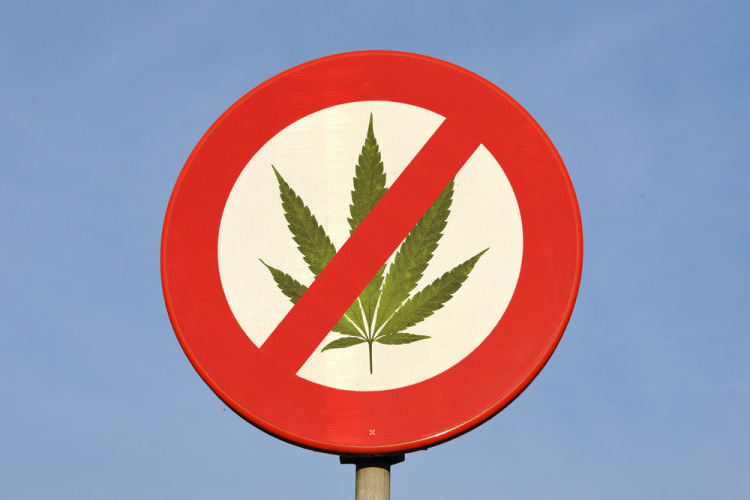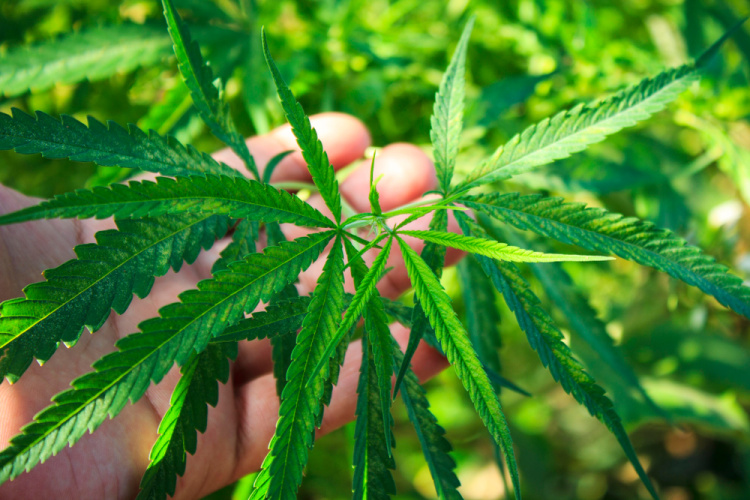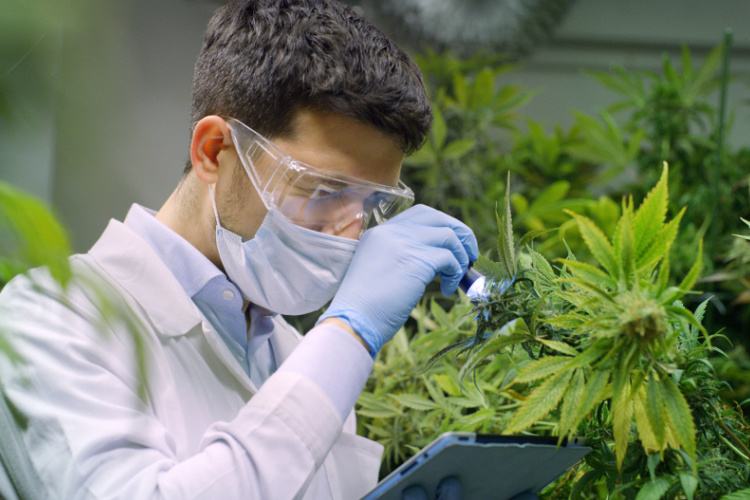Most of us alive today grew up in a world in which cannabis was illegal. More than that, it was widely believed to be a devastating social ill, a “gateway drug,” a health hazard. In short, Public Enemy #1. So it can come as a surprise to learn that until the Marijuana Tax Act of 1937, cannabis was in fairly wide acceptance in the United States as a folk medicine and a curative for stomach pains, nausea, skin inflammation, and other ills. (Of course, the plant has a much longer and deeper backstory elsewhere, dating back at least 4700 years.)
Here in America, that began to shift in the early 20th century, when a couple of trends converged to foster the current federal prohibition. How and why it got there is a fascinating story, and one worth understanding as medical cannabis continues to find widespread social and legal acceptance, at least on the statewide level.

The Marijuana Tax Act: Its Advocates and Inspiration
In the early days of the American colonies, hemp—the cannabis plant’s low-THC cousin—was a crucial crop, to the extent that England’s King James I made the cultivation of the plant for making ships’ sails mandatory.
Around the dawn of the 20th century, two historical trends began to converge. For one, an increasing number of Mexican migrant workers began crossing the nation’s southern border, and a reactionary tide of nationalism and protectionism rose in response.
Many of these workers brought “marihuana” with them and as a result, the drug—already enjoyed by many Americans in “hasheesh parlors”—began to be viewed with increasing suspicion.

The other trend contains uncomfortable echoes of today’s opioid crisis: The surging popularity of prescription and over-the-counter medications containing opium or morphine sparked a public health crisis. The Pure Food and Drug Act of 1906 was an attempt to regulate such drugs—including cannabis—by mandating accurate labeling and increased regulation.
One by one, states responded by restricting their sale. By the 1930s, roughly half had outlawed products containing cannabis. But it would fall to a particularly zealous individual—and an immensely powerful media mogul—to complete the national prohibition.
The Marijuana Tax Act: The First “Drug Czar” Makes His Mark
To some degree, cannabis prohibition got a boost from alcohol prohibition, the legal high-water mark of the temperance movement.
Prohibition officially ended in 1933, but the national zeal for banning recreational substances had helped beget the Federal Bureau of Narcotics in 1930. Its first head was Harry Anslinger, who had already made a name for himself investigating international drug trafficking. Interestingly, before he was appointed to head the Bureau, he held a relatively neutral opinion of cannabis as a problematic drug.
Now Anslinger’s public statements underwent a radical shift. A skilled manipulator of mass media, he leaned heavily on William Randolph Hearst, the infamous publisher of “yellow journalism” whose approach was, in a sense, the “clickbait” of his day. Less publicized was the threat that low-cost hemp pulp represented to the paper industry, which lobbied heavily for its prohibition.

Within a few years, public revulsion at the (largely unsupported) examples of violence and depravity inspired by cannabis had snowballed. That said, everyone was convinced: The American Medical Association was strongly opposed to the Marijuana Tax Act, in part because of doubts about the threat cannabis actually presented. Regardless, the Marijuana Tax Act became effective on October 1, 1937. Cannabis was now effectively illegal under federal law, a status that persists to this day.
While advocates and scientists continue to fight for the end of federal cannabis prohibition, more than half of US states have created medical marijuana programs. Twenty percent allow for the recreational sale of adult-use cannabis, and decriminalization is growing increasingly popular.
Understanding the history of why cannabis was demonized can be helpful in overturning its status. We look forward to more states allowing the use of medical marijuana and the end of cannabis prohibition.
